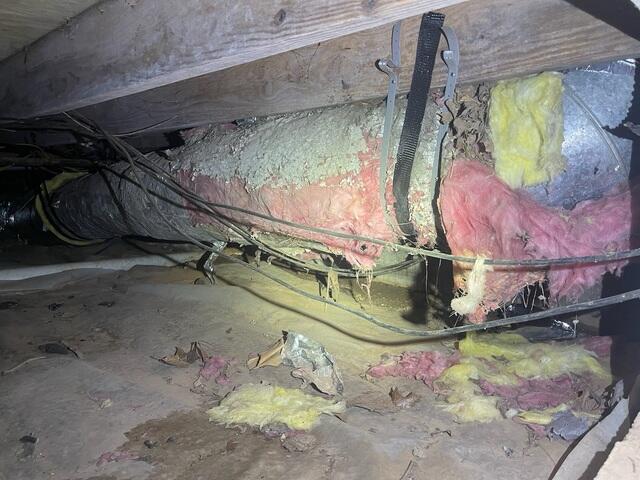
Moisture Issues
Moisture, mold and falling, failing insulation are problems in this crawl space, which hasn't been properly sealed.
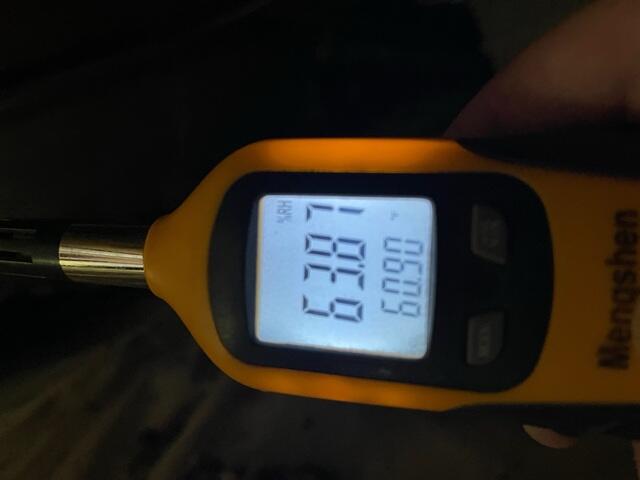
Humidity Reading
Taking humidity levels in the crawl space. This level, 63.8 is high and the perfect level for mold and wood rot. If not addressed this could turn into structural damage like failing crawl space floors or supports.
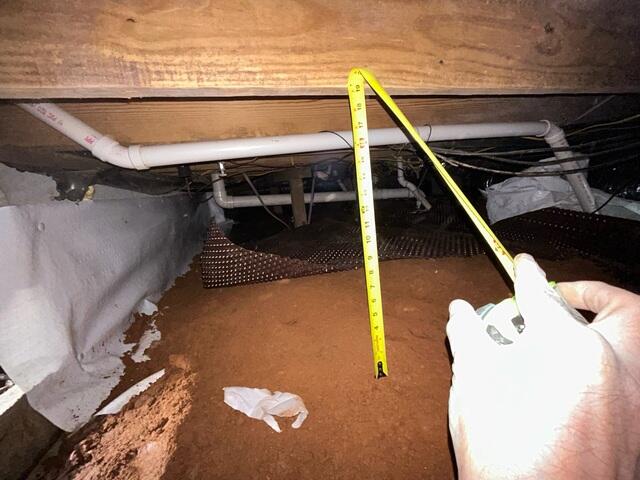
Measurements
Taking measurements throughout the crawl space to find the lowest point. The lowest point of the crawl space is where the sump pump will be installed.
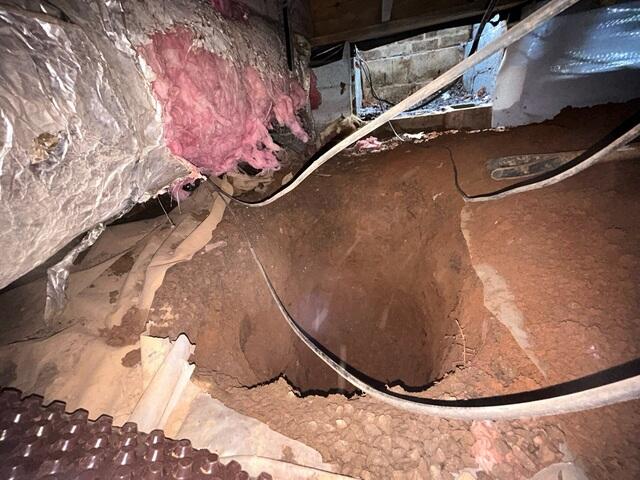
Digging Trench
Digging a trench hole for the sump pump container. Once the container is installed, the components will be put together inside and then once the lid is on it is connected to drainage lines to pump any water out of the crawl space and far away from the structure.
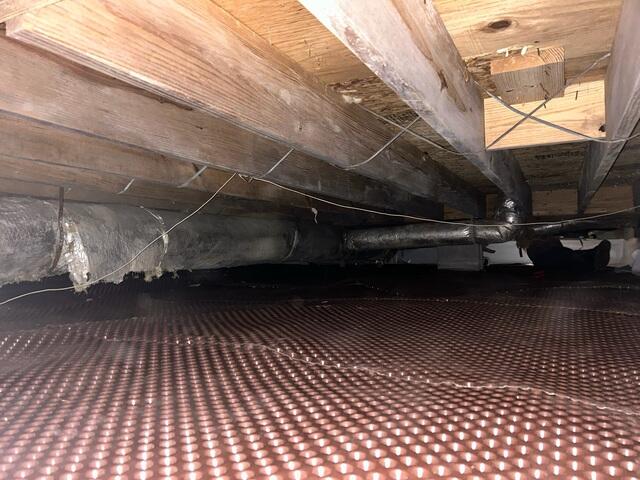
Drainage Matting Installed
This dimpled plastic sheet material promotes good drainage over the entire crawl space floor.
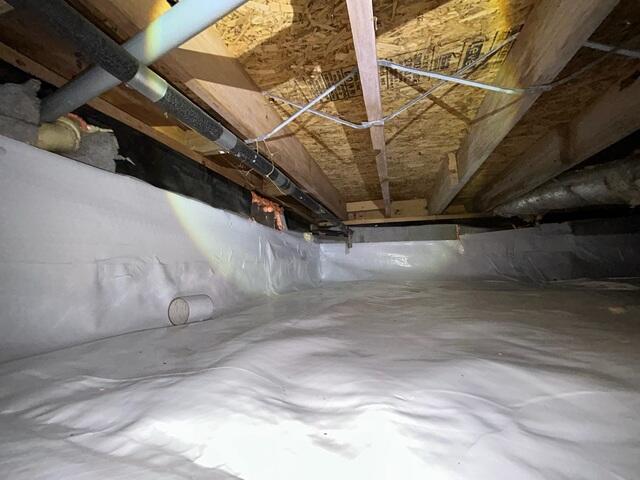
CleanSpace Vapor Barrier
One key ingredient in our encapsulation system is the CleanSpace® vapor barrier, a super-durable 20-mil plastic sheet designed to permanently prevent moisture, outside air, and pests from entering your crawl space.
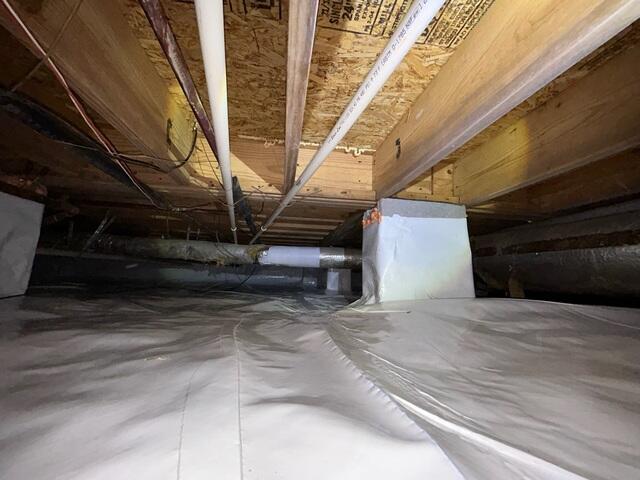
Crawl Space Encapsulation
The encapsulation treatment totally separates and protects the crawl space interior from outdoor conditions, keeping the space clean and dry.
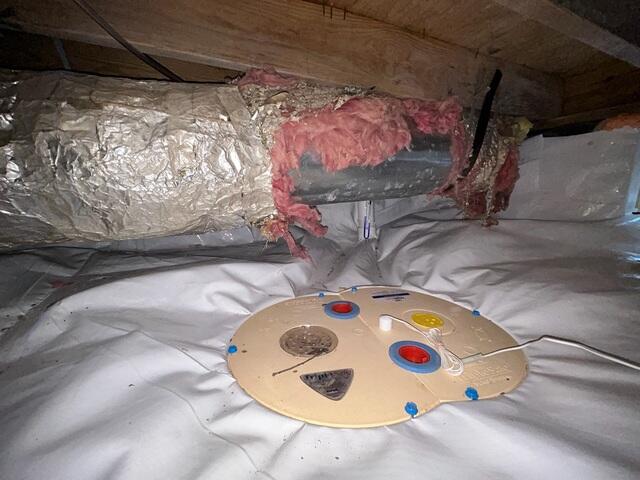
Sump Pump
A Sump Pump System (shown here), combined with a SaniDry® dehumidifier, represents the ultimate in crawl space waterproofing and humidity control.
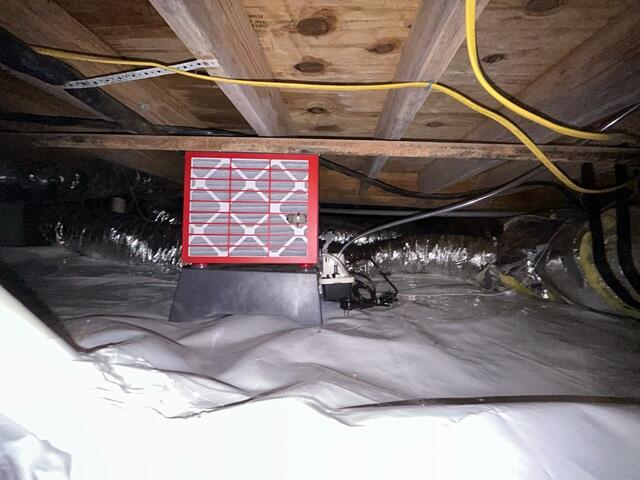
The SaniDry Sedona
The Sedona easily fits in small crawl spaces, yet has a powerful blower to effectively dry large crawl spaces. Mold and mildew are common in crawl spaces, but the Sedona keeps the relative humidity below 55%, so mold won't stand a chance. As a high-efficiency dehumidifier, the Sedona removes more moisture (100 pints per day) for less electricity cost than conventional models.
 4.9
4.9